Every Easter, thousands of Jeep enthusiasts converge on Moab, Utah, to thread their cars across, through and over challenging off-road desert trails.
Still organised – as it originally was in 1967 – as an enthusiast event, the Easter Jeep Safari (EJS) has nevertheless become such a significant gathering that Jeep showcases new design ideas and this year revealed seven EJS concepts, five based on the new ‘JL’ Jeep Wrangler, the range icon launched last year.
Jeep won’t commit to production of any of the concepts, but they provide a creative entreÃe into a busy year for the brand, which will winch up another level on 1 June when Jeep’s owner, Fiat Chrysler Automobiles (FCA), announces its next five-year business plan out to 2023.

Jeep and its CEO, Michael Manley, are on a roll right now. Manley, born in Edenbridge, Kent, joined DaimlerChrysler in 2000 as dealer development head and, 18 years on, he runs the two jewels in FCA’s crown – Jeep and RAM – making him one of the most senior Brits in the global car industry.
Manley took the reins at Jeep in 2009, when sales were nudging 400,000 units, and he has shepherded it through an unprecedented period of growth. Last year, sales were 1.41 million units, more than three times 2009 levels, and today one in three of all cars sold by FCA wears a Jeep badge.
As a result, Jeep has five models in the top six of FCA’s bestsellers – each model selling more than 200,000 units. And the RAM pick-up – also Manley’s responsibility – is number one.
But last year, Jeep’s growth stalled and sales dropped by 100,000 units, a decline attributed to fewer US fleet rental sales. Then at the Geneva motor show this March, FCA boss Sergio Marchionne dropped the ‘L-Bomb’, describing European sales as “lousy”.

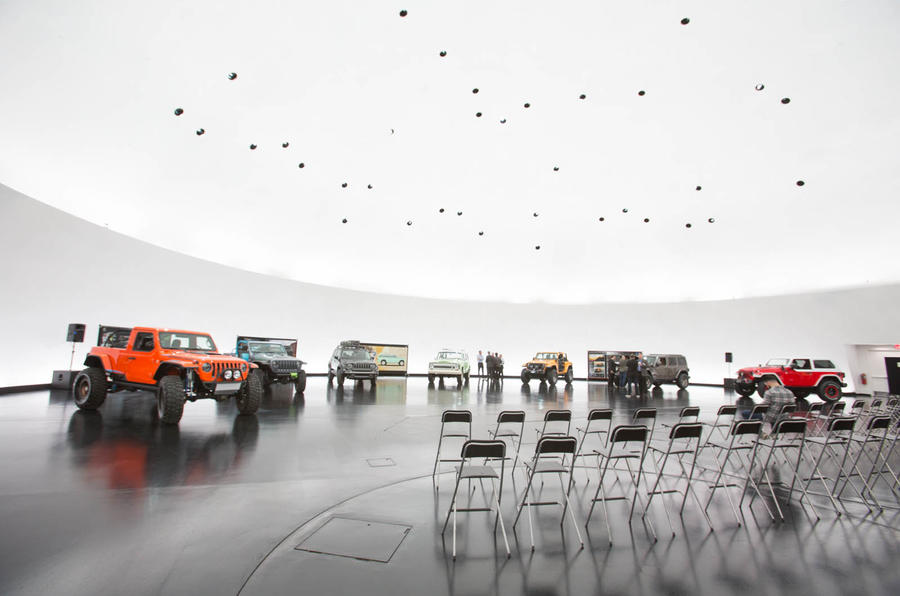
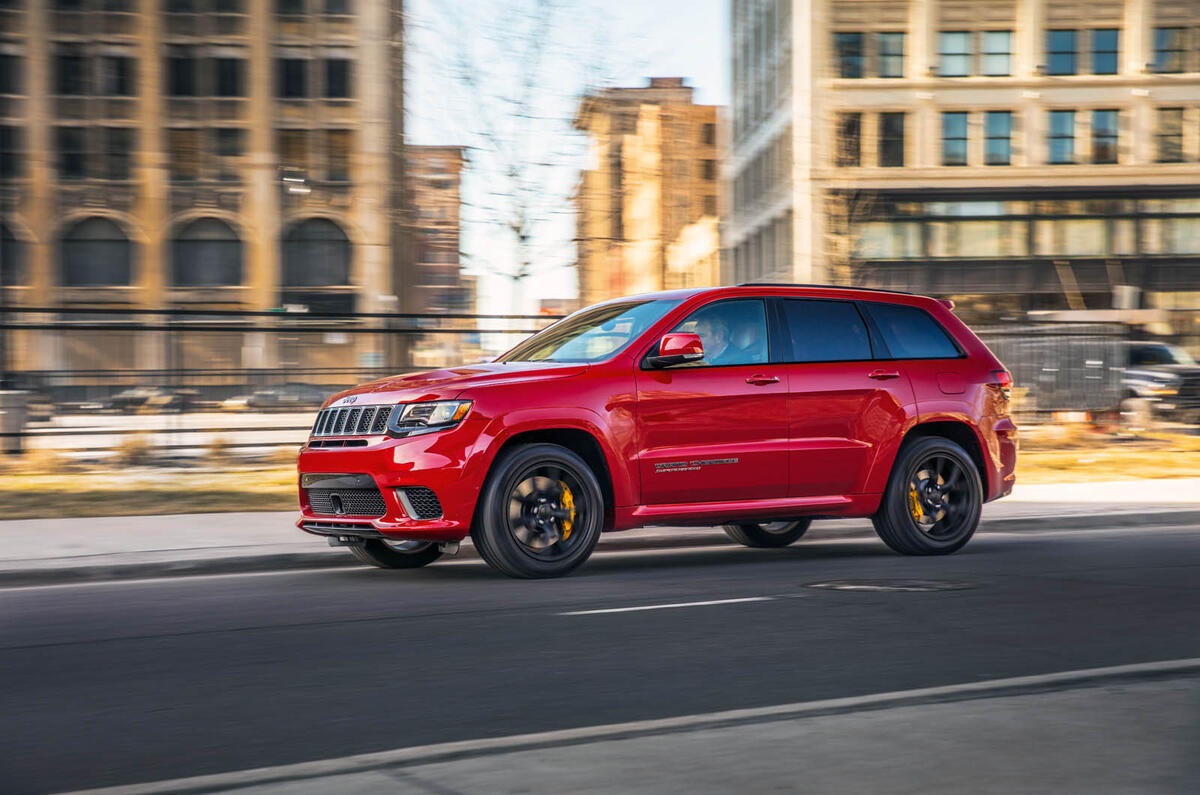

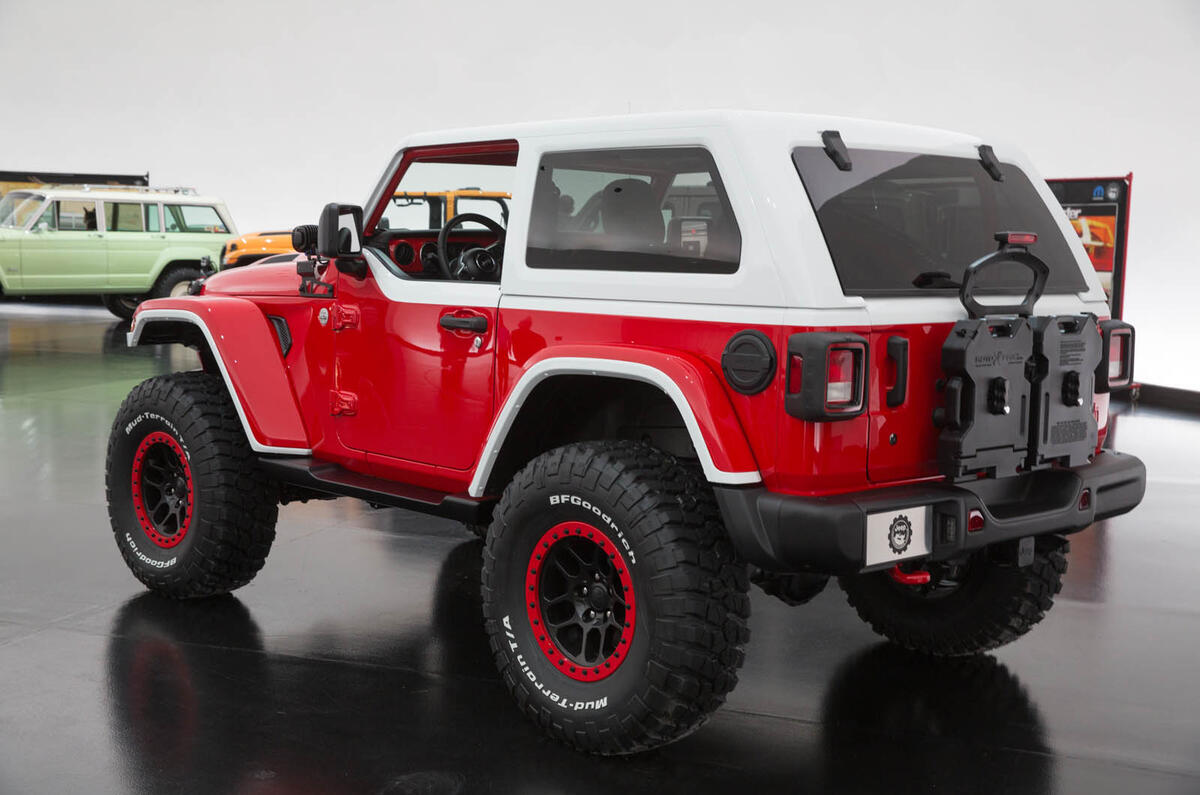



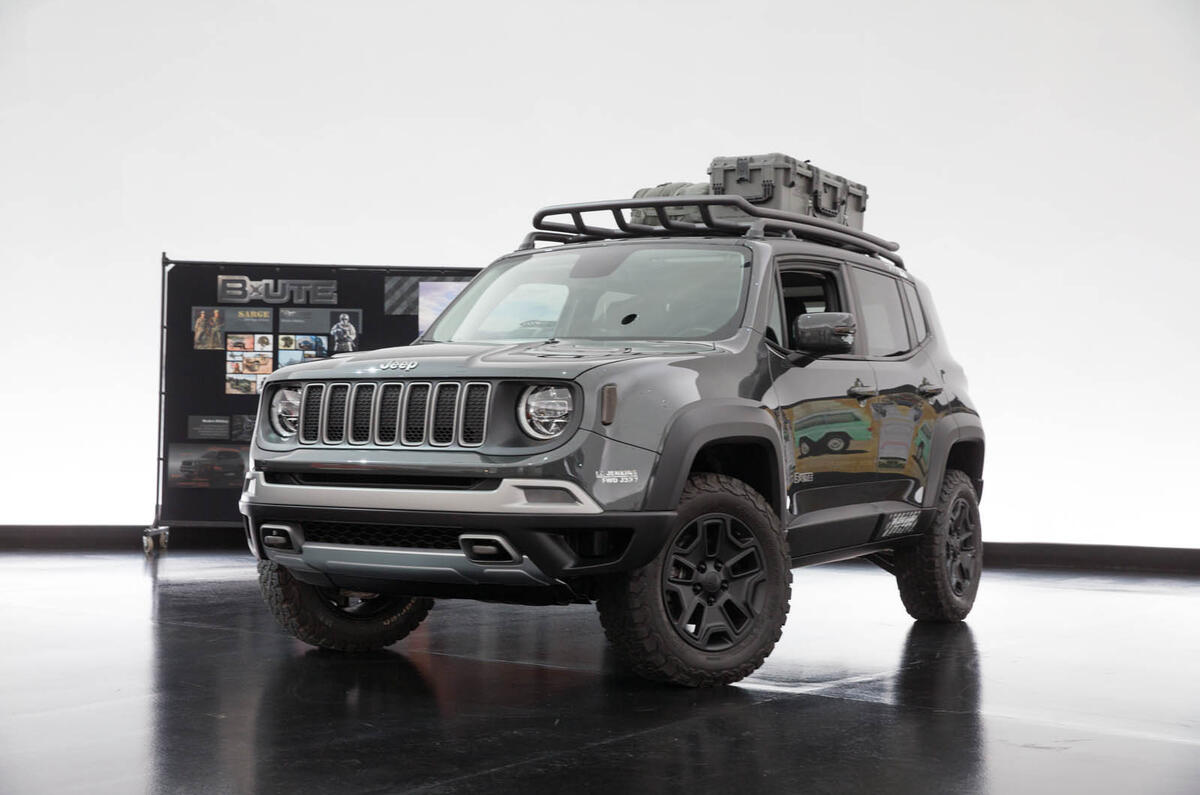


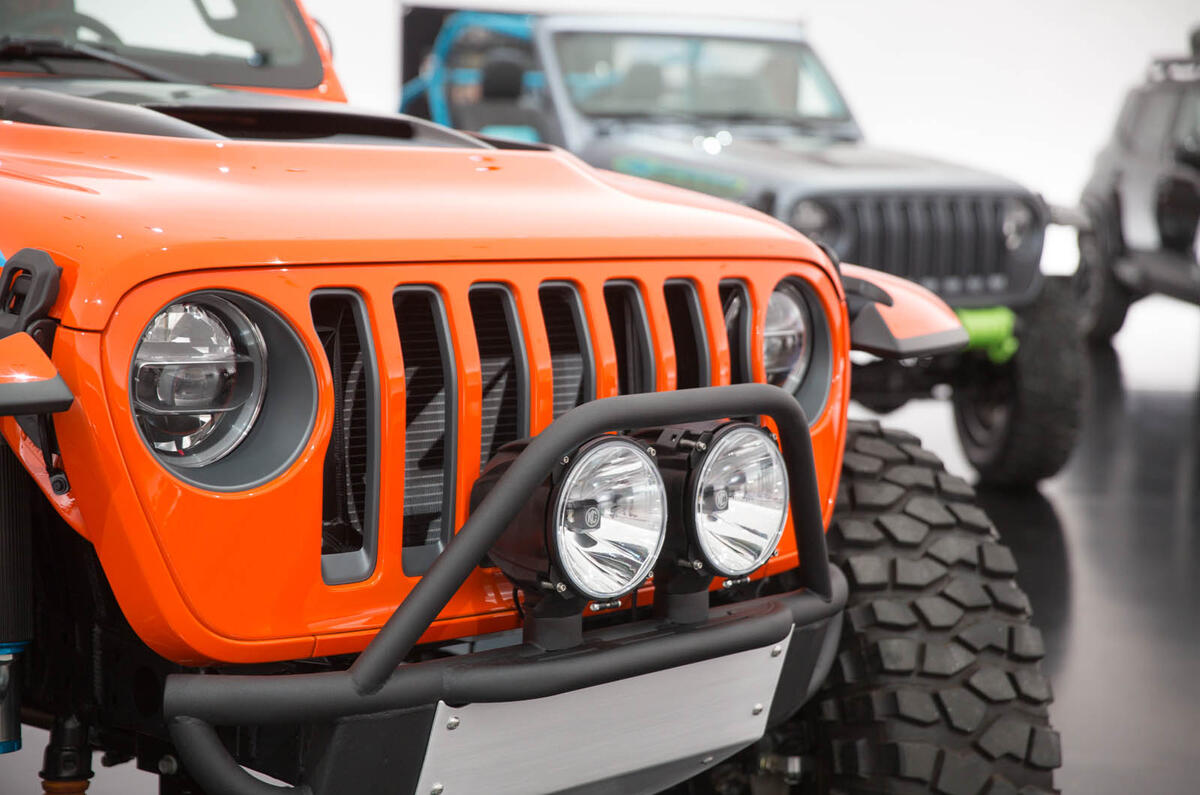























Join the debate
Add your comment
Very good cars
theres lots of comments on here saying that Jeeps are overpriced or have cheap interiors but actually they don’t. I’m not sure if you guys have ever actually been in a Jeep before but I’ve been buying Jeeps for the past 20years and never had a problem with them. Just bought the new Compass after looking at the Toyota Rav 4, Nissan Qashqai and others the Compass was the best one. I think Jeep will do well in the UK however they do need more dealers but I will definitely be buying the new pick up when that comes out.
Amazing that in the midst of
Amazing that in the midst of the SUV craze, when every other manufacturer is jumping on the bandwagon, one of the foremost names and experts in SUVs, arguably pioneers who invented the off roader - the name 'Jeep' itself is even used by many to mean an SUV (like 'Hoover' for vacuum) for goodness sake - and they're *struggling*!!!
Yes they can be pricey importing from the US, but I thought the point of FCA was to utilise the 'F' part - Fiat's European factories.
If Land Rover build a range
If Land Rover build a range of Defenders that are utilitarian but well built and are priced at Jeep's US price levels then Jeep becomes pointless.
Land Rovers are already miles ahead of Jeep for build quality and refinement. So if they can tread a fine line between Premium and Utilarian on the next Defender they will be on to something.
TStag wrote:
Sadly they won't me thinks. Insead the new Defender will go after the G-Class on everything including price. We all know which ones were making profit.